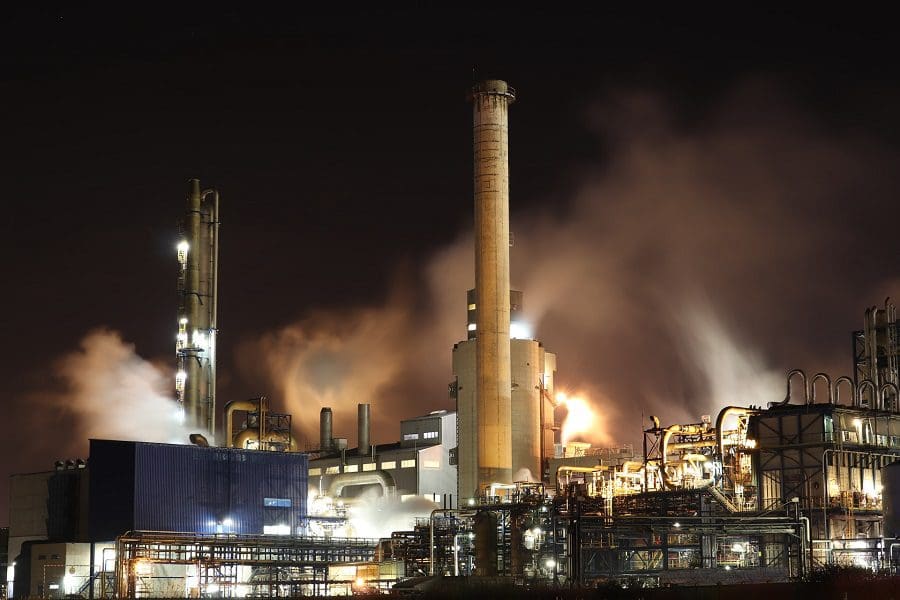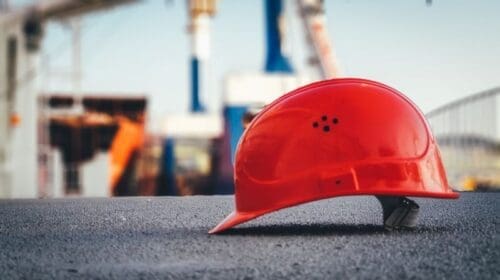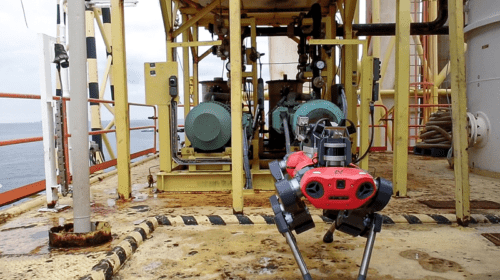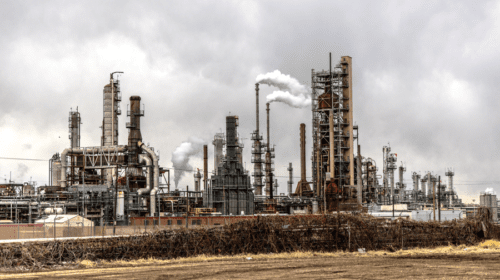There’s no question that the petrochemical industry has numerous associated risks. In addition to issues that quickly come to mind, like explosions and fires, there’s the potential for workers to come in contact with or inhale dangerous substances and fumes. There are also risks shared by most other industrial environments, such as hearing damage from working next to loud machinery for too long. Here are some actionable ways to maximize petrochemical industry safety for everyone involved.
Explore Options for Worker Wearables
It’s not yet common for petrochemical workers to wear smart devices while on the job. However, that’s starting to change since the products could help people stay safer. They’re usually small and lightweight, so won’t interfere with productivity. However, these gadgets can reveal essential insights about someone’s well-being and keep them safe.
One possibility is to have maintenance workers use head-mounted wearables that transmit what they see to other experts in remote locations. That way, if a person runs into a problem they can’t safely handle without assistance, there’s someone on the other end of a video call to provide guidance. This approach can also work well to train new maintenance members who could benefit from coaching while learning the ropes.
Wearables can also assist with worker tracking during emergencies. Marathon Petroleum created a wearable that acts as an end-to-end gas detection and alert system. It simultaneously transmits data about gas levels and worker locations. If a hazardous gas begins leaking, the wearable warns the employee and others in the area. An alert then goes to a centralized monitoring center, helping personnel there verify workers are following the standard evacuation procedures.
Wearables can also detect when people move their bodies in potentially harmful ways or are overly tired and need to rest before continuing to work. Those solutions also support safety by protecting people from injuries that could require taking time off for recovery. Plus, the ones that monitor movement could give management indicators that people need training or improved processes to stop them from so many non-ergonomic habits.
Have a Risk Management Assessment Performed
It’s often difficult for even the most attentive petrochemical plant managers to pinpoint all the areas of risk in a petrochemical plant. That’s why having an outside expert come in to do a thorough evaluation of the premises and associated processes could result in valuable insights.
The analyst will likely recommend options for mitigating the effects of events that compromise safety. One option is to use blast shields in areas prone to explosions. They bring down the peak blast pressure by 50-80 percent, plus absorb energy and vent fumes. They also prevent blast fragmentation, helping contain the incident.
The risk management assessment may also result in installing multiple ways to detect fires before it’s too late. Some plants also have sensors that detect heat, flames and gas. Then, it’s more likely people will become aware of fires in their earliest stages, making them able to put them out or keep them under control before the disaster escalates.
Risk management assessments may also cover the best ways to keep personnel safe during the ongoing COVID-19 threat. At the plant level, precautions like mask-wearing, social distancing and contact tracing should help. One oil and gas company in the United Kingdom formed a pandemic steering group for risk mitigation. It focused on keeping offshore personnel safe, ensuring they had supplies and helicopter transport during lockdowns.
Consider How Automation Could Help
Automation also supports petrochemical industry safety. Many industries automate parts of their processes. Decision-makers know this can reduce errors and remove some of the hands-on tasks that are particularly dangerous to people.
One instance involved the autonomous operation of a butadiene extraction unit for two consecutive days. The system had artificial intelligence (AI) algorithms that compared the actual versus ideal simulated values for 25 critical aspects, including flow rate and internal temperature. The technology would then automatically adjust 12 valves based on the readings. The expectation is that this setup will make the petrochemical plant safer and more stable since operations are not so reliant on employees’ varying skill levels.
Another way to enhance petrochemical plant safety is to use Internet of Things (IoT) sensors on vital equipment. One report estimated that approach would cut maintenance costs by 40 percent and bring $630 billion to the worldwide economy by 2025. Safety comes into the equation when the sensors detect signs of trouble before those symptoms cause catastrophic events.
Know When to Invest in Equipment Upgrades
Maintenance is an essential part of keeping petrochemical facilities as safe as possible. However, sometimes it makes the most sense from safety and economic perspectives to replace aging equipment.
That was the case for the Petrochemical Corporation of Singapore when the company had a fire and gas detection system nearly two decades old. It had become unreliable, and people had difficulty finding spare parts when needed. However, decision-makers identified that the controller primarily caused the issues, while devices in the field still functioned well.
Thus, the main challenge was to replace the wiring between the controller and field devices, ensuring consistent communication between the two components. People working on the project also wanted to accomplish this with minimal plant disruptions. They settled on a modular system. The upgrades also included a digital screen that shows fire details, including a blaze’s progression and whether evacuations are underway.
This example shows you why it’s sometimes necessary to budget for plant improvements in the interest of safety. Feedback from plant workers can often provide helpful insights that such investments should happen sooner rather than later. You might notice a pattern of people reporting strange behavior with a particular piece of equipment over the last several months. If such instances persist, they could signal a safety risk that needs prompt attention.
Petrochemical Industry Safety Is an Ongoing Effort
These strategies will help you tackle some of the pressing safety concerns associated with the petrochemical industry. The main takeaway is that no single or short-term solution is sufficient for making long-term gains. Instead, you must make comprehensive and continuous actions that uphold safety and reduce the risks associated with unexpected emergencies.
Emily Newton is the Editor-in-Chief of Revolutionized, an online magazine discussing the latest industry innovations and trends.
Oil and gas operations are commonly found in remote locations far from company headquarters. Now, it's possible to monitor pump operations, collate and analyze seismic data, and track employees around the world from almost anywhere. Whether employees are in the office or in the field, the internet and related applications enable a greater multidirectional flow of information – and control – than ever before.












